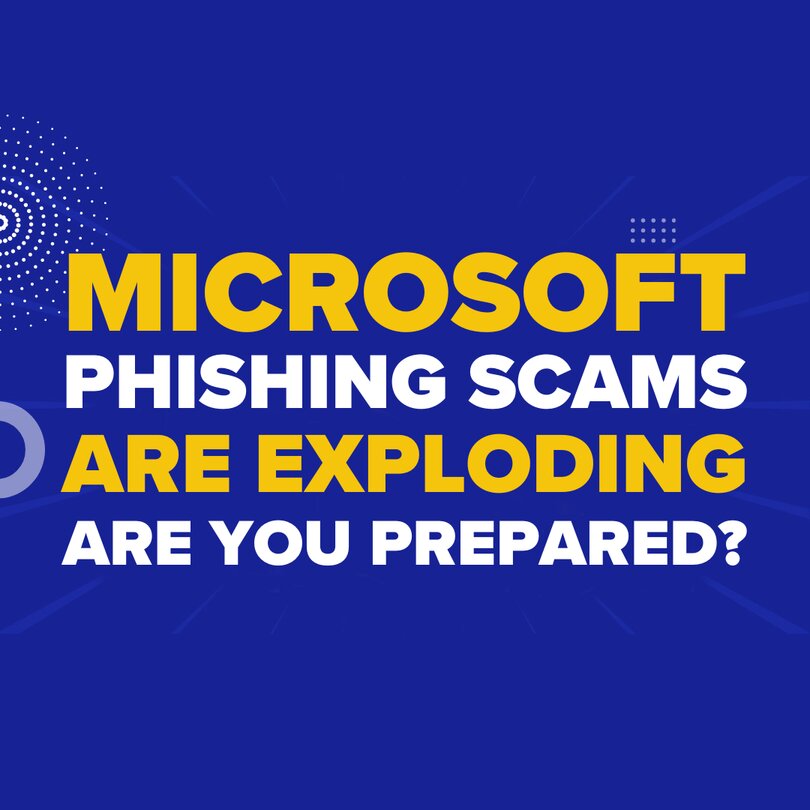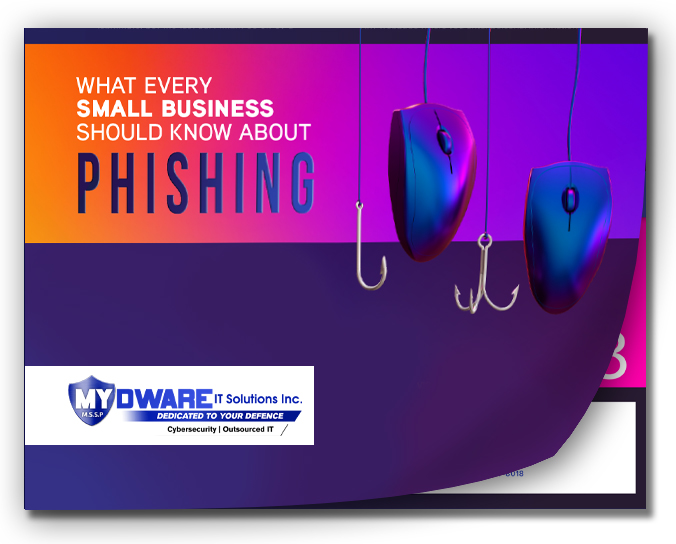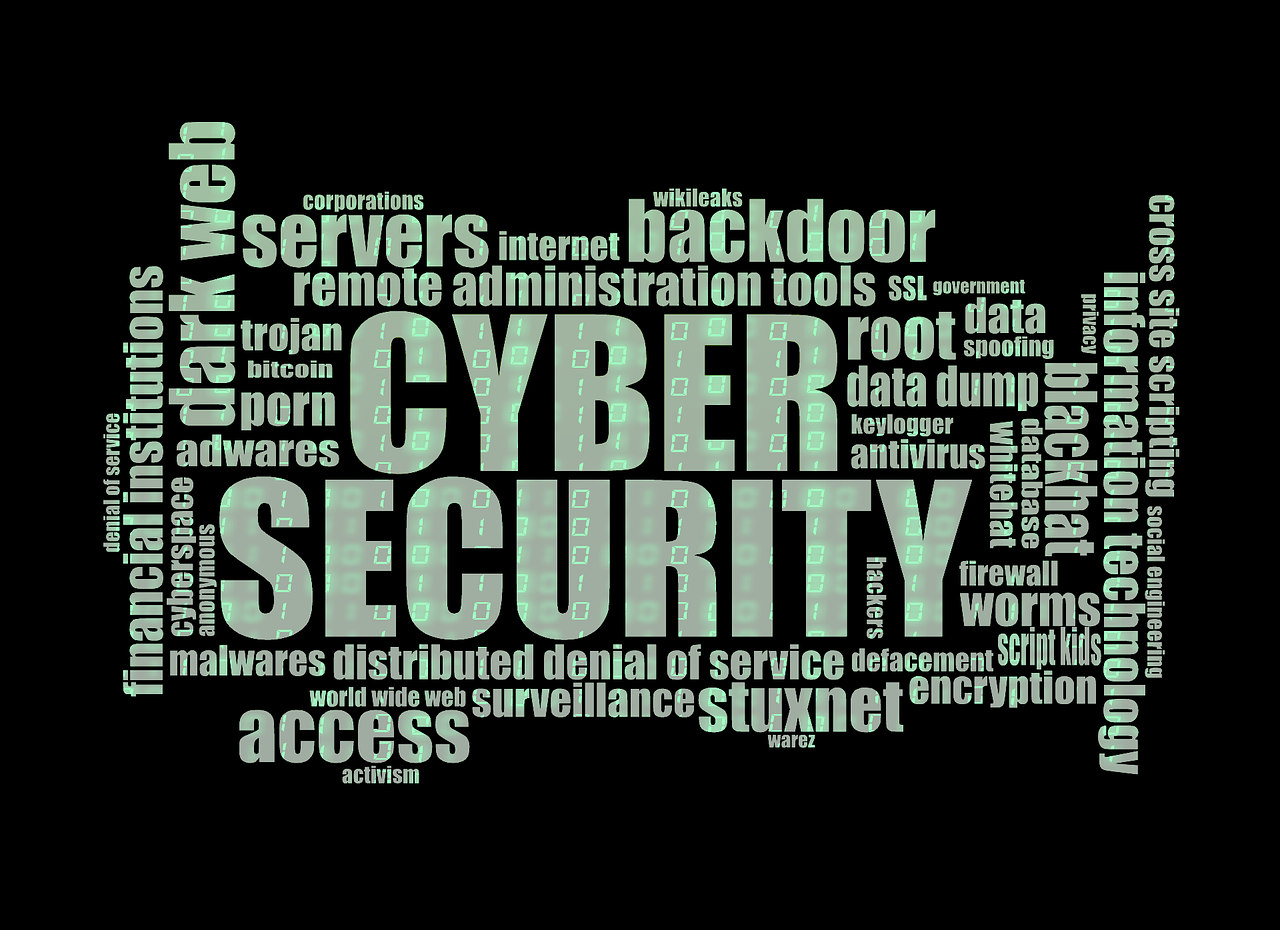
When you see “Microsoft” in your inbox, you probably think it’s safe. But these days, that name might not mean what you think. Cybercriminals are using trusted names like Microsoft to trick you—and right now, it’s working.
A 2025 report shows that over 36% of phishing attacks are pretending to be Microsoft. Google and Apple round out the top three, making up over half of all impersonation-based scams. That’s a big problem for small businesses relying on cloud services, email platforms, or productivity tools.
Want to know how vulnerable your team is? Book a FREE cybersecurity risk assessment and find out before someone clicks the wrong link.
Why Microsoft’s Name Is Being Weaponized by Hackers
Phishing scams aren’t sloppy anymore. They’re slick, believable, and way harder to detect than they were even two years ago. Hackers are designing emails and websites that look exactly like the real deal—logos, layout, and even email addresses.
That’s the scam. One click, and your password, credit card, or identity is gone. Fake Microsoft login pages are among the most used entry points because nearly every company uses Microsoft products in some way.
If you’re wondering how attackers scale this so effectively, check out 5 ways hackers use AI to attack SMBs and see how fast it’s evolving.
And if you think switching browsers will solve everything, think again—the only browser that can actually help avoid data leaks might not be the one you’re currently using.
Don’t Fall For The Trap: Spot the Red Flags Early
These scams rely on speed—your speed. The faster you click, the easier it is to steal from you.
1. Be Suspicious of Urgent Messages
Scammers love to create fake urgency like “Act now or lose access.”
Microsoft won’t threaten you like that, and neither will any legitimate brand.
2. Look Closely at the Email Address
Scammers often replace letters with similar-looking ones, like “micros0ft.com.”
These small tricks are easy to miss if you’re skimming.
3. Skip the Link—Type the Website Manually
If you’re unsure about an email, don’t click anything—open a browser and type the URL.
It might take an extra 10 seconds, but it could save you hours of damage control.
If you’re still relying on outdated enterprise IT with slow response times, this is where local IT support has the upper hand.
The Truth About Phishing: It’s Not Slowing Down
These scams are getting sharper, faster, and more personalized thanks to AI. Even your sharpest employee could fall for a convincing fake if they’re moving too fast.That’s why the best defence is layered: strong employee awareness, updated tools, smart browser settings, and multi-factor authentication.
We help businesses in the GTA and Simcoe County build that protection every day—without overcomplicating things. Take a minute to protect your team now. Book a FREE cybersecurity risk assessment and stay ahead of the next wave of phishing attacks.
Darryl Cresswell
CEO & President
MYDWARE IT Solutions Inc.




